The top three causes of change resistance that nobody wants to talk about
The two main change models that are being used in practice today focus on either integrating Change Management and project management, or artificially creating a sense of urgency (or a burning platform) as the foundations for change.
I’m sure you’ve been a part of a “burning platform” style change initiative, (I have!) and I can remember looking at one of my colleagues in the middle of the big presentation with a look on my face that said: “really?”.
If I didn’t buy into a burning platform, why would I expect anyone else to?
Integrating project management with change management is important but leaves out the change initiatives that aren’t projects. And matching up your change initiative with project phases leaves out so many important factors about change, like: how does this impact how people work and interact with one another? What impact does this have on the organization as a whole? Is this aligned with the organization’s culture? What are the organizational factors that could help or hinder change?
I’ve found that change initiatives that follow one of these approaches fail to mobilize employee and organizational commitment to change. These models blame “resistance” for these failures and put the onus on the change manager for resistance-based failure. It also points the finger at the people affected by the change for “resisting”.
But what if none of this was true?
Resistance in organizations doesn’t come from the people. Resistance comes from three key areas in the organization:
Structure,
Systems, and
Culture.
Structure:
Organizational structure helps us understand how the organization operates and how it delivers value. The structure and operating model of the organization is built to uphold this structure and the purpose of the organization. Resistance happens when the change goes against how the organization is structured. This can result in a structural change, and alignment of organizational objectives in order to ensure that change is sustained.
Systems:
What rules and controls are in place to govern and organize the work that is happening in the organization? One of the best examples I’ve seen of systems creating resistance to change, is having incentive structures that make it difficult for people to adopt change without incurring negative consequences. At a recent client I worked with, a new program being introduced to drive overall organizational value, went against the local incentive system to drive sales in a particular reason. If salespeople hadn’t made their local quotas, there was no incentive for them to support the higher-level change mandate. The team thought the change was important, but weren’t willing to sacrifice their incentives for no reason, and who could really blame them?
Culture:
A famous person (who I won’t quote here!) said, that Culture eats Strategy for breakfast. The same can be said about Change. Culture will take a bite out of change, chew it up and spit it out. When I hear about culture-based resistance, I often hear things like: “that just won’t work around here”. This is where a strong change leader will pause and look deeper into where culture conflicts with the change and look to adjust and align the approach and outcomes.
So why don’t people want to talk about these things? Sometimes it is easier to just blame the people for why they are resisting change instead of thinking critically about why or where resistance may be coming from. Many people will encounter resistance in the middle of change, which makes it difficult to turn back and evaluate these factors, after all, mid project, it is very difficult to change course. Lastly, even if you’ve done a great job or analysing potential points of resistance, there can be surprises, and in the middle of a change, it is very difficult to deal with “surprise resistance”!
The Solution:
To really understand where resistance is going to happen, you need to spend a lot of time upfront understanding the current state of the organization. Understanding the structure, systems and culture will help you design a change approach that is specific to the organization you’re in and will reduce the resistance you encounter along the way. Connected Change™ shows us an approach to reduce organizational resistance by spending more time upfront in our change initiatives understanding the important organizational factors that lead to successful and sustainable change.
If you liked this post, you’ll find more from us in our monthly Navigator Newsletter. We share exclusive content and free resources with our subscribers. Don’t miss out, sign up today!
We also have a weekly podcast - Listen to the Change Course podcast on your favourite podcast app!

